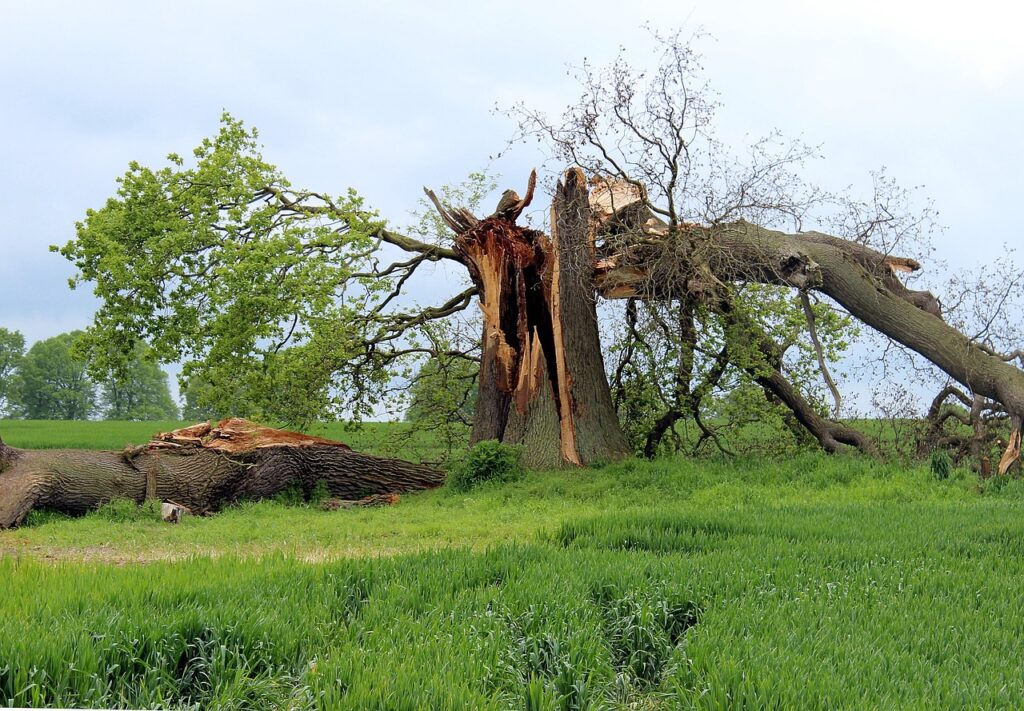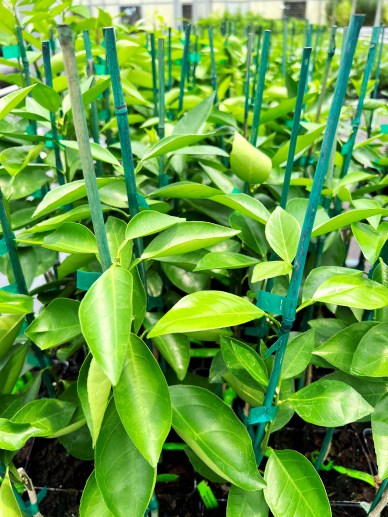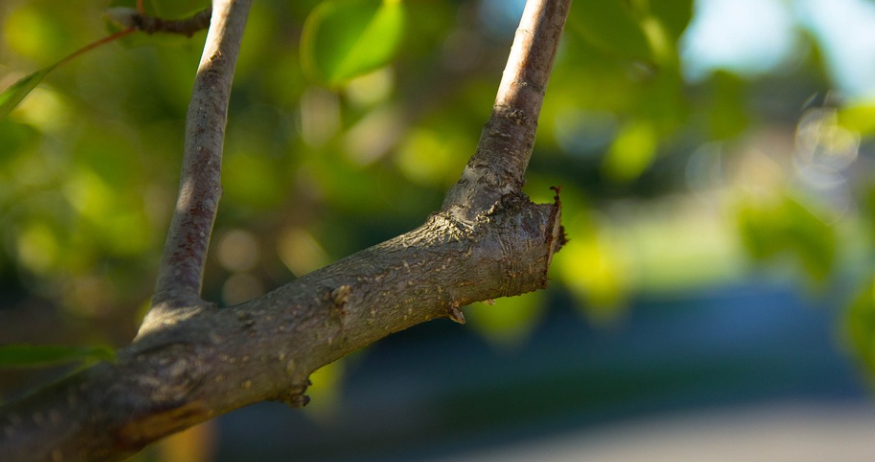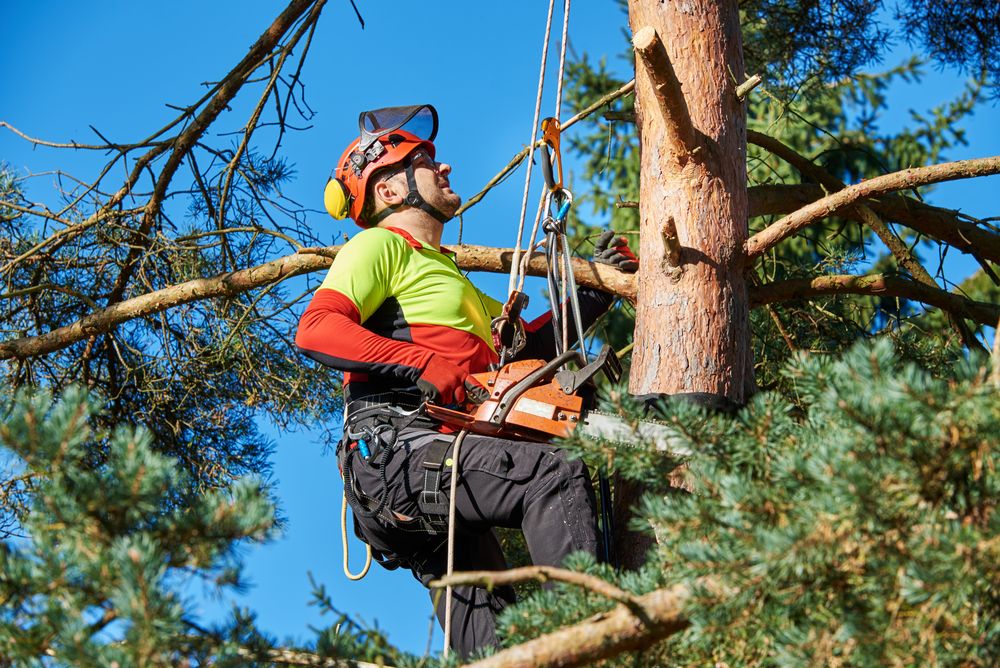Storms can wreak havoc on our landscapes, and trees are often among the most vulnerable victims. High winds, heavy rains, lightning strikes, and even ice storms can cause significant damage to trees, posing risks to property and safety. In the aftermath of such events, it’s crucial to act swiftly and effectively to address the damage and restore the health and safety of your trees. In this guide, we’ll explore emergency tree care and restoration tips to help you navigate through the aftermath of storm damage.

Assessing the Damage
The first step in dealing with storm-damaged trees is to assess the extent of the damage. Take a careful look at each tree on your property and evaluate the following:
- Structural Damage: Look for broken or split branches, cracked trunks, and uprooted trees. These pose immediate risks and may require professional assistance to address.
- Leaning Trees: Trees that have been partially uprooted or are leaning precariously may need to be stabilized or removed to prevent further damage or safety hazards.
- Fallen Debris: Clear away any fallen branches or debris to assess the condition of the tree and prevent potential injury or obstruction.
Safety First
Before attempting any tree care or restoration work, prioritize safety. Here are some essential safety tips to keep in mind:
- Stay Clear of Power Lines: If a tree has fallen onto power lines, stay away and contact the utility company immediately. Never attempt to remove the tree yourself.
- Use Protective Gear: Wear appropriate safety gear, including gloves, eye protection, and sturdy footwear, when working with storm-damaged trees.
- Assess Surroundings: Be aware of your surroundings and watch out for unstable branches, hanging limbs, and other potential hazards.
- Seek Professional Help: If the damage is extensive or if you’re unsure how to safely address it, don’t hesitate to seek assistance from certified arborists or tree care professionals.
Immediate Tree Care Measures
Once you’ve assessed the damage and ensured your safety, you can take some immediate measures to mitigate further harm to your trees:
- Prune Broken Branches: Trim any broken or hanging branches using proper pruning techniques. Make clean cuts just outside the branch collar to promote healing and prevent disease.
- Provide Support: If a tree has suffered structural damage but is salvageable, consider bracing or cabling to stabilize it temporarily until more permanent repairs can be made.
- Clear Debris: Remove fallen branches and debris from around the base of the tree to reduce the risk of pests and disease.
Long-Term Restoration
After addressing immediate concerns, focus on the long-term restoration and health of your trees:
- Professional Evaluation: If your trees have sustained significant damage, consult with a certified arborist to assess their condition and develop a restoration plan.
- Tree Removal: In some cases, storm-damaged trees may need to be removed to prevent safety hazards and allow for new growth. A professional tree removal service can safely and efficiently remove damaged trees from your property.
- Tree Pruning and Trimming: Regular pruning and trimming can help promote healthy growth and prevent future storm damage. Schedule routine maintenance with a qualified arborist to keep your trees in top condition.
- Tree Replacement: If a tree cannot be salvaged, consider planting a new tree in its place. Choose a species that is well-suited to your climate and soil conditions, and provide proper care to ensure its long-term health and resilience.
Dealing with storm damage to trees requires prompt action, careful assessment, and proper care. By following the emergency tree care and restoration tips outlined in this guide, you can protect your property, promote tree health, and ensure the safety of your surroundings. Remember to prioritize safety at all times and seek professional assistance when needed. With proper care and attention, your trees can recover from storm damage and thrive for years to come.


